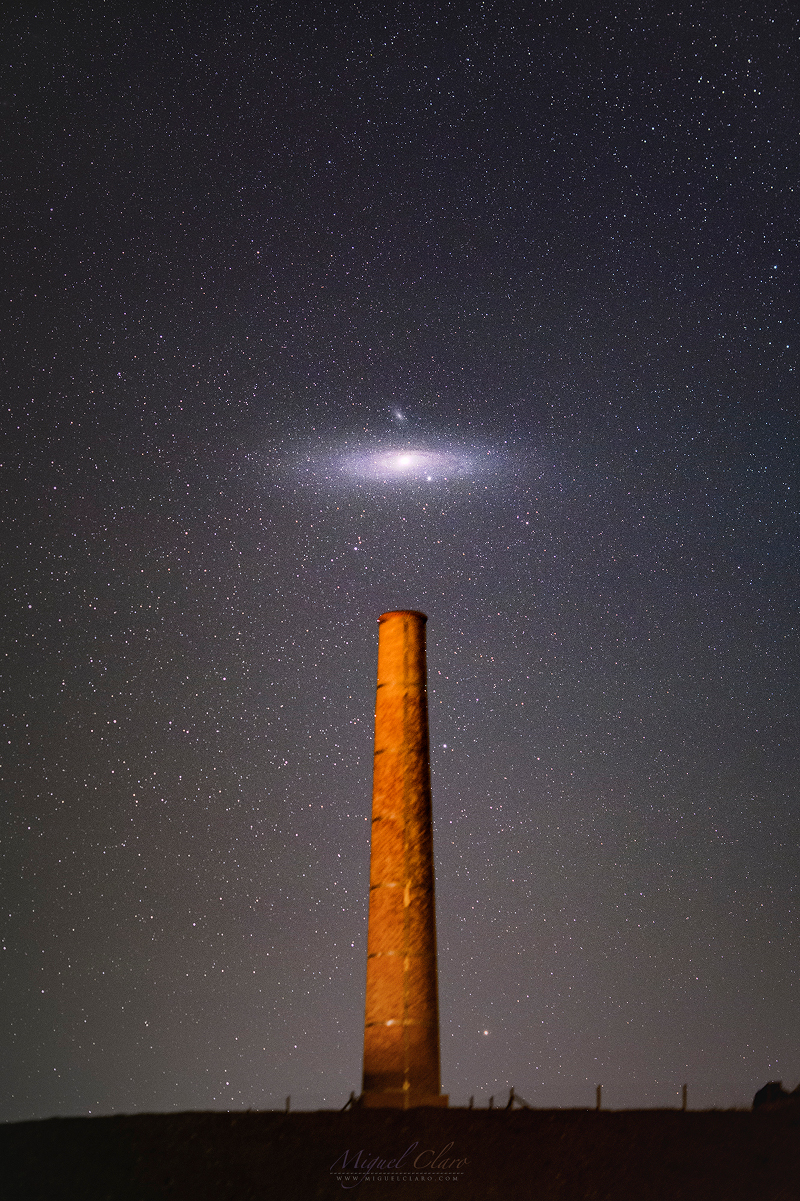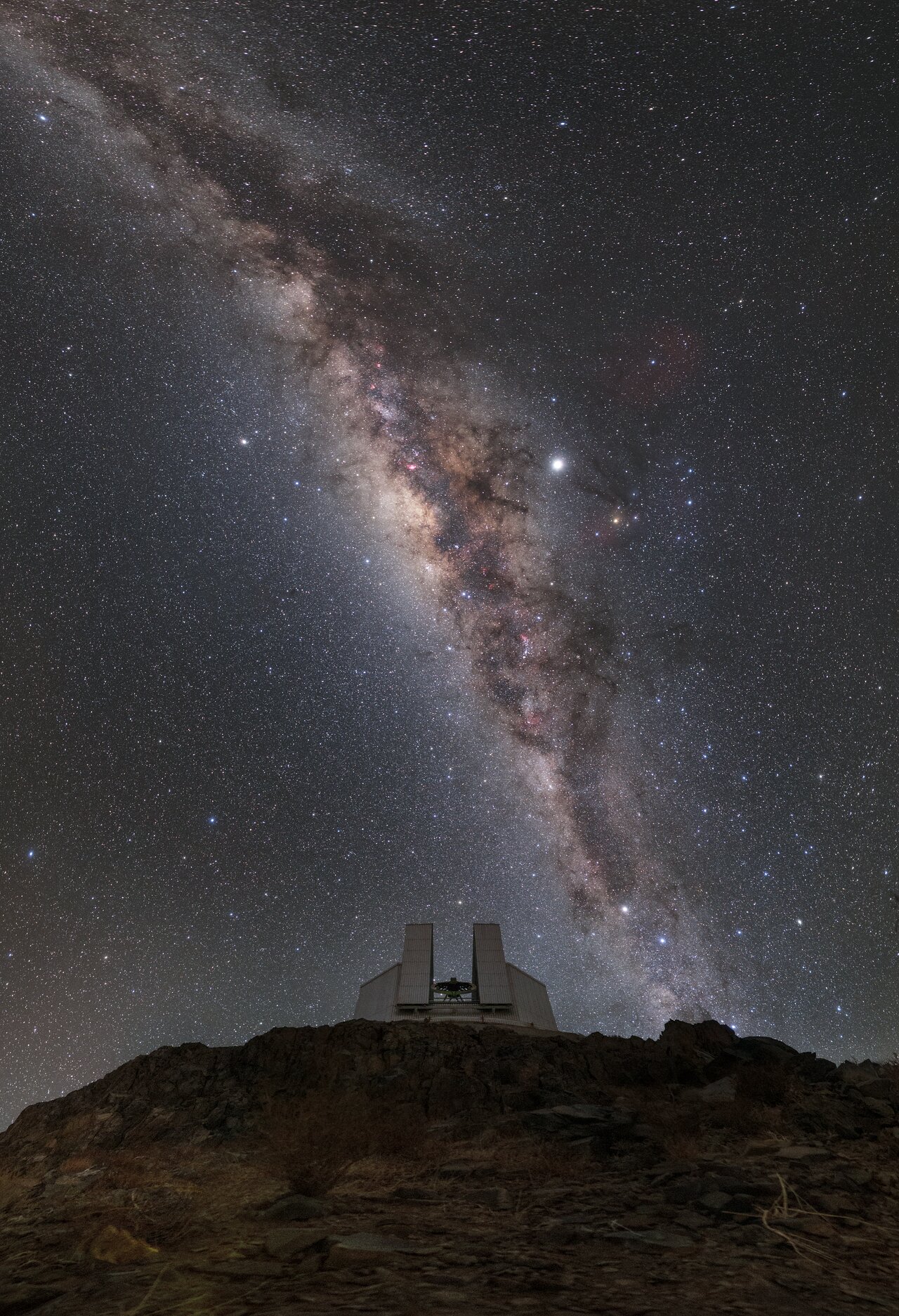Blog
Big Bill Broonzy (born Lee Conley Bradley, June 26, 1903 – August 14, 1958) was an American blues singer, songwriter and guitarist. His career began in the 1920s, when he played country blues to mostly African-American audiences. Through the 1930s and 1940s he successfully navigated a transition in style to a more urban blues sound popular with working-class African-American audiences. In the 1950s a return to his traditional folk-blues roots made him one of the leading figures of the emerging American folk music revival and an international star. His long and varied career marks him as one of the key figures in the development of blues music in the 20th century.
Broonzy copyrighted more than 300 songs during his lifetime, including both adaptations of traditional folk songs and original blues songs. As a blues composer, he was unique in writing songs that reflected his rural-to-urban experiences.
Born Lee Conley Bradley, he was one of the 17 children of Frank Broonzy (Bradley) and Mittie Belcher. The date and place of his birth are disputed. Broonzy claimed to have been born in Scott, Mississippi, but a body of emerging research compiled by the blues historian Robert Reisman suggests that he was born in Jefferson County, Arkansas. Broonzy claimed he was born in 1893, and many sources report that year, but family records discovered after his death suggested that the year was 1903.
more...The Andromeda Galaxy, 2.5 million light years away, is the most distant object easily seen by the unaided eye. Other denizens of the night sky, like stars, clusters, and nebulae, are typically hundreds to thousands of light-years distant. That’s far beyond the Solar System but well within our own Milky Way Galaxy. Also known as M31, the external galaxy poses directly above a chimney in this well-planned deep night skyscape from an old mine in southern Portugal. The image was captured in a single exposure tracking the sky, so the foreground is slightly blurred by the camera’s motion while Andromeda itself looms large. The galaxy’s brighter central region, normally all that’s visible to the naked-eye, can be seen extending to spiral arms with fainter outer reaches spanning over 4 full moons across the sky. Of course in only 5 billion years or so, the stars of Andromeda could span the entire night sky as the Andromeda Galaxy merges with the Milky Way.

Joe Chambers (born June 25, 1942 in Chester, Pennsylvania) is an American jazz drummer, pianist, vibraphonist and composer. He attended the Philadelphia Conservatory for one year. In the 1960s and 1970s Chambers gigged with many high-profile artists such as Eric Dolphy, Charles Mingus, Wayne Shorter, and Chick Corea. During this period, his compositions appeared on some of the albums in which he made guest appearances, such as those with Freddie Hubbard and Bobby Hutcherson. He has released eight albums as a bandleader and been a member of several incarnations of Max Roach‘s M’Boom percussion ensemble.
He has also taught, including at the New School for Jazz and Contemporary Music in New York City, where he leads the Outlaw Band. In 2008, he was hired to be the Thomas S. Kenan Distinguished Professor of Jazz in the Department of Music at the University of North Carolina Wilmington.
more...Clifton Chenier (June 25, 1925 – December 12, 1987), a Louisiana French-speaking native of Leonville,[3] Louisiana, near Opelousas, was an eminent performer and recording artist of zydeco, which arose from Cajun and Creole music, with R&B, jazz, and blues influences. He played the accordion and won a Grammy Award in 1983. He was known as the King of Zydeco, and also billed as the King of the South.
Chenier began his recording career in 1954, when he signed with Elko Records and released Cliston’s Blues , a regional success. In 1955 he signed with Specialty Records and garnered his first national hit with his label debut “Ay-Tete Fi” (Hey, Little Girl) (a cover of Professor Longhair‘s song).[1] The national success of the release led to numerous tours with popular rhythm and blues performers such as Ray Charles, Etta James, and Lowell Fulson. He also toured in the early days with Clarence Garlow, billed as the Two Crazy Frenchmen.[6] Chenier was signed with Chess Records in Chicago, followed by the Arhoolie label.
more...Johnny Henry Smith II (June 25, 1922 – June 11, 2013) was an American cool jazz and mainstream jazz guitarist. He wrote “Walk, Don’t Run” in 1954. In 1984, Smith was inducted into the Alabama Jazz Hall of Fame.
During the Great Depression, Smith’s family moved from Birmingham, Alabama, where Smith was born, through several cities, ending up in Portland, Maine. Smith taught himself to play guitar in pawnshops, which let him play in exchange for keeping the guitars in tune. At thirteen years of age he was teaching others to play the guitar. One of Smith’s students bought a new guitar and gave him his old guitar, which became the first guitar Smith owned. Smith joined Uncle Lem and the Mountain Boys, a local hillbilly band that travelled around Maine, performing at dances, fairs, and similar venues. Smith earned four dollars a night. He dropped out of high school to accommodate this enterprise.
more...The performance of soleá singing has guitar and clapping accompaniment. Like many of the flamenco styles, it has a formal structure that responds to the following model:
A guitar introduction, accompanied by a departure ayeo (the singer’s famous ‘ay ay ay’).
The cante (singing), made up of various types such as the brave cante and auction, accompanied by the guitarist’s improvisation collected under the name of “falsetas”, which appear interspersed during the performance.
The closing of the performance, given the time in which it is performed, causes a silence that encourages the public to broadcast the famous “olé”.
As for the metric, the soleá shares a great similarity with the seguiriyas, with a 3 × 4 rhythm and a twelve-beat measure, which are divided into two of six. The stanza is made up of four or three octosyllabic verses and its theme evokes deep and sad feelings.
more...Grand design spiral galaxy Messier 99 looks majestic on a truly cosmic scale. This recently processed full galaxy portrait stretches over 70,000 light-years across M99. The sharp view is a combination of ultraviolet, visible, and infrared image data from the Hubble Space Telescope. About 50 million light-years distant toward the well-groomed constellation Coma Bernices, the face-on spiral is a member of the nearby Virgo Galaxy Cluster. Also cataloged as NGC 4254, a close encounter with another Virgo cluster member has likely influenced the shape of its well-defined, blue spiral arms.

Michael John Kells Fleetwood (born 24 June 1947) is a British musician. He is best known as the drummer, co-founder, and leader of the rock band Fleetwood Mac. Fleetwood, whose surname was merged with that of the group’s bassist John “Mac” McVie to form the name of the band, was inducted into the Rock and Roll Hall of Fame in 1998.
Born in Redruth, Cornwall, Fleetwood lived in Egypt and Norway for much of his childhood years as his father travelled with the Royal Air Force. Choosing to follow his musical interests, Fleetwood travelled to London at the age of 15, eventually combining with Peter Green, Jeremy Spencer and Bob Brunning, at Green’s behest, to become the first incarnation of Fleetwood Mac. Fleetwood would remain the only member to stay with the band through its ever-changing line-up.
After several album releases and line-up changes, the group moved to the United States in 1974 in an attempt to boost the band’s success. Here Fleetwood invited Lindsey Buckingham and Stevie Nicks to join. Buckingham and Nicks contributed to much of Fleetwood Mac’s later commercial success, including the celebrated album Rumours, while Fleetwood’s own determination to keep the band together was essential to the band’s longevity. He has also enjoyed a solo career, published written works, and flirted briefly with acting and vinification, as well as opened blues-themed restaurants in Alexandria, Virginia and Hawaii.
https://www.youtube.com/watch?v=wgmRb3MlpHQ
more...Geoffrey Arnold Beck (born 24 June 1944) is an English rock guitarist. He is one of the three noted guitarists to have played with the Yardbirds (the other two being Eric Clapton and Jimmy Page). Beck also formed the Jeff Beck Group and with Tim Bogert and Carmine Appice, he formed Beck, Bogert & Appice.
Much of Beck’s recorded output has been instrumental, with a focus on innovative sound, and his releases have spanned genres ranging from blues rock, hard rock, jazz fusion, and a blend of guitar-rock and electronica. Although he recorded two hit albums (in 1975 and 1976) as a solo act, Beck has not established or maintained the sustained commercial success of many of his contemporaries and bandmates. However, he has recorded with many artists.
He was ranked fifth in Rolling Stone‘s list of the “100 Greatest Guitarists of All Time” and the magazine, upon whose cover Beck has appeared three times, has described him as “one of the most influential lead guitarists in rock”. He is often called a “guitarist’s guitarist”. Beck has earned wide critical praise and received the Grammy Award for Best Rock Instrumental Performance six times and Best Pop Instrumental Performance once. In 2014 he received the British Academy’s Ivor Novello Award for Outstanding Contribution to British Music. Beck has been inducted into the Rock and Roll Hall of Fame twice: as a member of the Yardbirds (1992) and as a solo artist (2009).
more...
George Gruntz (24 June 1932 – 10 January 2013) was a Swiss jazz pianist, organist, harpsichordist, keyboardist, and composer known for the George Gruntz Concert Big Band and his work with Phil Woods, Rahsaan Roland Kirk, Don Cherry, Chet Baker, Art Farmer, Dexter Gordon, Johnny Griffin, and Mel Lewis.
Gruntz, who was born in Basel, Switzerland, was also an accomplished arranger and composer, having been commissioned by many orchestras and symphonies. From 1972 to 1994 he served as artistic director of JazzFest Berlin.
more...Terrence Mitchell Riley (born June 24, 1935) is an American composer and performing musician best known as a pioneer of the minimalistschool of composition. Influenced by jazz and Indian classical music, his music became notable for its innovative use of repetition, tape musictechniques, and delay systems. He produced his best known works in the 1960s: the 1964 composition In C and the 1969 LP A Rainbow in Curved Air, both considered landmarks of minimalism and important influences on experimental, rock, and contemporary electronic music.[3]
Raised in California, Riley began studying composition and performing solo piano in the 1950s. He befriended and collaborated with composer La Monte Young, and later became involved with the San Francisco Tape Music Center. A two-record deal with CBS in the late 1960s, resulting in an LP recording of In C (1968) and A Rainbow in Curved Air (1969), brought his work to wider audiences. In the 1970s, he began intensive studies with Hindustani singer Pandit Pran Nath. He has collaborated frequently throughout his career, most extensively with chamber ensemble the Kronos Quartet and his son, guitarist Gyan Riley.
Born in Colfax, California in 1935, Riley began performing as a solo pianist during the 1950s. During that decade, he studied composition at San Francisco State University, the San Francisco Conservatory, and University of California, Berkeley, studying with Seymour Shifrin and Robert Erickson. He befriended composer La Monte Young, whose earliest minimalist compositions using sustained tones were an influence; together, Young and Riley performed Riley’s improvisatory composition Concert for Two Pianists and Tape Recorders in 1959–60.
more...Perched between the cascading arch of the Milky Way and the dark mountainside of La Silla Observatory lies the New Technology Telescope (NTT).
Since 1989 this ESO telescope has observed and taken images of our night sky in exquisite detail. Some of its more recent achievements include: the observation of the merging of two neutron stars; a more detailed insight into the structure of asteroids; the analysis of hundreds of planetary nebulae; and even research into planets in far off solar systems.
Telescopes with larger primary mirrors are able to capture more light. However, a larger mirror’s perfect shape is more difficult to maintain. Astronomers found that with primary mirrors over five metres in diameter, image quality decreased enormously as gravity pulled them out of shape (NTT is 3.5 meters in diameter and was meant as a pioneer project to allow telescopes with larger mirrors to be built). Active optics, an idea that came from ESO engineer Raymond Wilson, means that a thin and deformable primary mirror can be controlled by a primary support system that applies the necessary force to correct for these gravity-induced deformations.
The improvements to ground-based astronomy as a result of this new design were huge. Active optics became the main feature of the NTT, which has since viewed phenomena in the sky in exquisite detail. The telescope’s active optics were soon implemented on the two, segmented, 10-metre telescopes at Keck Observatory in Hawai‘i. The design of this telescope was revolutionary. Advancements are still being made today, implementing similar technology in some of the largest telescopes in the world.

Robert C. Christie Hunter (born Robert Burns, June 23, 1941 – September 23, 2019) was an American lyricist, singer-songwriter, translator, and poet, best known for his work with the Grateful Dead. Born near San Luis Obispo, California, Hunter spent some time in his childhood in foster homes, as a result of his father’s abandoning his family, and took refuge in reading and writing. He attended the University of Connecticut for a year before returning to Palo Alto, where he became friends with Jerry Garcia. Garcia and Hunter began a collaboration that lasted through the remainder of Garcia’s life.
Garcia and others formed the Grateful Dead in 1965, and some time later began working with lyrics that Hunter had written. Garcia invited him to join the band as a lyricist, and Hunter contributed substantially to many of their albums, beginning with Aoxomoxoa in 1969. Over the years Hunter wrote lyrics to a number of the band’s signature pieces, including “Dark Star“, “Ripple“, “Truckin’“, “China Cat Sunflower“, and “Terrapin Station“. Hunter was inducted into the Rock and Roll Hall of Fame with the Grateful Dead in 1994, and is the only non-performer to be inducted as a member of a band.Upon his death, Rolling Stone described him as “one of rock’s most ambitious and dazzling lyricists”.
Hunter was born Robert Burns on June 23, 1941 in Arroyo Grande, California, near San Luis Obispo.He was a great-great grandson of the Romantic poet Robert Burns, according to Charles Perry.[6] Hunter’s father was an alcoholic, who deserted the family when Hunter was seven, according to Grateful Dead chronicler Dennis McNally. Hunter spent the next few years in foster homes before returning to live with his mother. These experiences drove him to seek refuge in books, and he wrote a 50-page fairy tale before he was 11. His mother married again, to Norman Hunter, whose last name Robert took. The elder Hunter was a publisher, who gave Robert lessons in writing.
more...Sahib Shihab (born Edmund Gregory; June 23, 1925, Savannah, Georgia – October 24, 1989, Nashville, Tennessee) was an American jazz and hard bop saxophonist (baritone, alto, and soprano) and flautist. He variously worked with Luther Henderson, Thelonious Monk, Fletcher Henderson, Tadd Dameron, Dizzy Gillespie, Kenny Clarke, John Coltrane and Quincy Jones among others. Edmund Gregory first played alto saxophone professionally for Luther Henderson at age 13 and went on to study at the Boston Conservatory and to play with trumpeter Roy Eldridge. He played lead alto with Fletcher Henderson in the mid 1940s.
more...June Carter Cash (born Valerie June Carter; June 23, 1929 – May 15, 2003) was a five-time Grammy award-winning American singer, songwriter, actress, dancer, comedian, and author who was a member of the Carter Family and the second wife of singer Johnny Cash. Prior to her marriage to Cash, she was professionally known as June Carter and occasionally was still credited as such after her marriage (as well as on songwriting credits predating it). She played guitar, banjo, harmonica, and autoharp, and acted in several films and television shows. Carter Cash won five Grammy Awards and was inducted into the Christian Music Hall of Fame in 2009.
June Carter Cash was born Valerie June Carter in Maces Spring, Virginia, to Maybelle Carter and Ezra Carter. Her parents were country music performers and she performed with the Carter Family from the age of 10, in 1939. In March 1943, when the Carter Family trio stopped recording together at the end of the WBT contract, Maybelle Carter, with encouragement from her husband Ezra, formed “Mother Maybelle and the Carter Sisters” with her daughters, Helen, Anita, and June.
more...More Posts
- Airto Moreira Day
- Lenny Breau Day
- World Music with Pandit Kumar Bose
- Daily Roots with Winston & George
- The Cosmos with M 106
- World Music with Leonard Dembo & Barura Express
- Daily Roots with the Heptones
- The Cosmos with HBH3
- Roscoe Mitchell Day
- Charlie Shavers Day
- Eddie Jefferson Day
- World Music with Paco de Lucía & Ricardo Modrego
- Daily Roots with Prince Buster
- The Cosmos with NGC 6744
- Naná Vasconcelos Day
- Carl Saunders Day
- World Music with Faenza Codex
- Daily Roots with Earl Sixteen